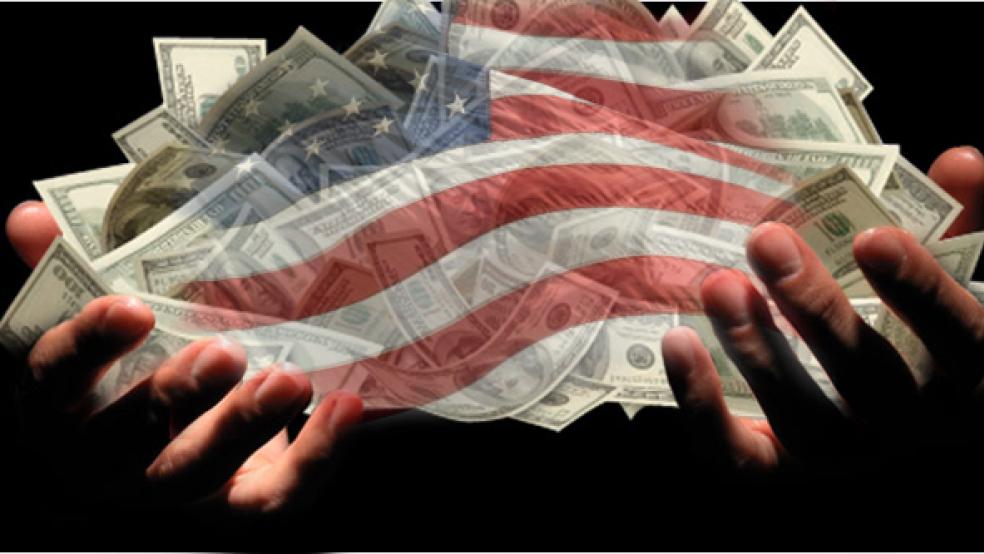The global economy sure is facing plenty of risks right now. Greece remains a wildcard. Economies across Europe and Asia are slowing. And U.S. economic data is getting bumpy — with soft factory orders the latest example.
Yet nothing, it seems, can stop the freight train that is the American job market. On Friday, another strong payroll report confirmed the best run of job gains since 1997. On Tuesday, the latest data from government statisticians showed job openings at their highest level since 2001 — to a seasonally adjusted 5 million openings.
Related: 5 Million Job Openings, So Why Can’t You Get Hired?
All indicators suggest that not only is the labor market tightening fast and increasing opportunities for out-of-work Americans, but it's setting the stage for a powerful surge of wage increases later this year.
As the chart above shows, the job openings rate increased to 3.5 percent in December. There was a similar increase in the rate of hires and quits (seen as a sign of confidence). Combined, the overall impression is of a job market that's having a tougher time finding qualified applicants. At the same time, and for the first time since before the recession, unhappy workers are feeling empowered enough to tell their bosses to take their job and shove it.
And while wage gains have yet to really accelerate, something known as the Beveridge curve, which economists use to measure how efficiently applicants and job openings are matched, suggests structural frictions are about to boost them in a big way.

The prospect of accelerating wages is backed up by data from business surveys — such as the NFIB survey — showing employers are having a tough time filling positions and are preparing for pay raises to keep their workers and attract new ones.
Structural problems may be artificially boosting the unemployment rate. During the last business cycle, the level of job openings we’ve got now was associated with an unemployment rate near 4 percent instead of the 5.7 percent we're at now. Translation: The job market is tighter than it looks.
Related: Is the Unemployment Rate of 5.7 Percent Just a ‘Big Lie’?
As any Econ 101 student will tell you, when demand for something increases and the supply decreases, the price will go up. Thus, as long as this momentum in hiring continues, wages should start lifting from their current rate. Within Friday's payroll report data, Société Générale economist Brian Jones noted that average hourly earnings increased to 2.2 percent on a year-over-year basis. He called it, "a wage increase worth waiting for."
Tuesday's data suggests there's more where that came from.
The lift in take-home pay will have knock-on benefits for other areas of the economy. We could already be seeing signs of that. A just-released Fannie Mae survey found that 67 percent of Americans think now is a good time to buy a home (up from 64 percent in December) while 44 percent of sellers think now is a good time to list (up from 40 percent).
The big unknown is whether the problems that threaten the U.S. economy this year — from Greek contagion fears to the specter of a Federal Reserve rate hike later this year — will undermine the job market. If they do, it could happen right as regular working Americans are finally about to experience higher take home pay.
Top Reads from The Fiscal Times:





